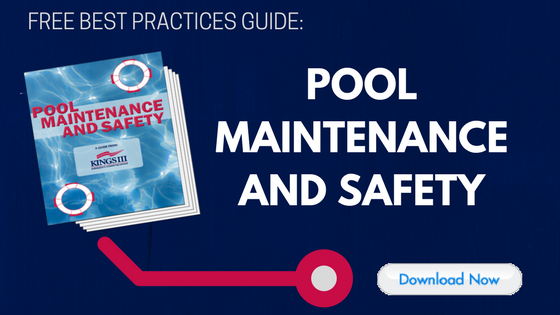BLOG CATEGORIES
The Most Current Drowning Statistics
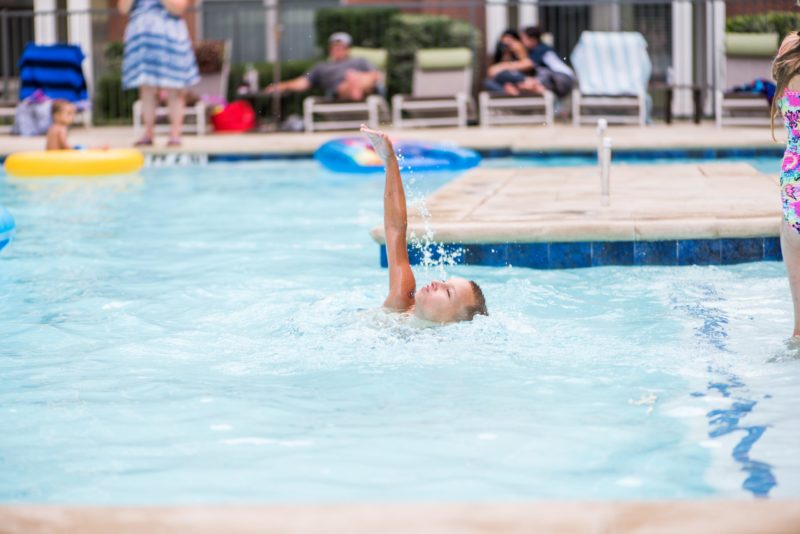
As a property manager, it is your not always fun, but essential responsibility to evaluate onsite amenities for risk and to take action to mitigate that risk where able. One such example of an amenity that can bring both joy and additional risk: the pool. When not properly supervised or maintained, a pool can invite trouble and worse: drowning, injury, and other accidents. Here, we call out recent statistics on drowning and pool safety issues as well as suggestions for helping to expedite assistance should a poolside emergency occur.
Find out how to improve safety and reduce costs at your property
Our best-in-class emergency phone + monitoring solutions provide peace of mind and are backed by decades of expertise
Learn More

2022 ELLIES WINNER
Best Supplier -
Communication System
Find out how to improve safety and reduce costs at your property
Our best-in-class emergency phone + monitoring solutions provide peace of mind and are backed by decades of expertise
Learn More
2022 ELLIES WINNER
Best Supplier -
Communication System
The Consumer Product Safety Commission reported the most recent state of pool hazards in its study, Pool or Spa Submersion: Estimated Nonfatal Drowning Injuries and Reported Drownings, 2019 Report.
Among the findings:
- On average, there were an estimated 6,600 pool- or spa-related, hospital emergency department (ED)-treated, nonfatal drowning injuries each year for 2016 through 2018
- 363 pool- or spa-related drownings were reported per year for 2014 through 2016, involving children younger than 15 years of age.
- An annual average of 73 percent of the ED-treated nonfatal drowning injuries from 2016 through 2018 — and 74 percent of the reported drownings from 2014 through 2016 — involved children younger than 5 years of age.
- Male children are more frequently treated for pool- or spa-related nonfatal drowning injuries than female children. This is true of all injured children younger than 15 and the subset of children younger than 5 years of age.
Drowning is the leading cause of unintentional death in the world, according to the World Health Organization (WHO). They report 372,000 drowning deaths annually.
The organization reports that, in the United States of America, 45 percent of drowning deaths are among the most economically active segment of the population. Coastal drowning in the U.S. accounts for $273 million in annual direct and indirect costs.
The WHO issued a global report on drowning that shows age being one of the major risk factors. As expected, the relationship is often associated with a lapse in supervision.
Globally, the highest drowning rates are among children 1–4 years, followed by children 5–9 years. In the WHO Western Pacific Region, children aged 5–14 years die more frequently from drowning than any other cause.
The Centers for Disease Control (CDC) report that in the United States, on average, 3,536 people died from drowning annually from 2005 to 2014. That equates to 10 deaths per day. Aside from that, the organization reports that there are thousands of others who experience swimming pool-related injuries every year.
Read our blog post on why you need a pool phone (regardless of state laws).
According to the CDC, drowning is the number one cause of unintentional deaths for children between the ages of 1 and 4. The organization also lists the major reasons for a person’s chance of drowning:
- No swimming lessons or swimming skills.
- No fencing or protective barrier around the pool during off hours.
- Lack of supervision
- Alcohol use
- Seizure disorder
These stats really help illustrate the importance of why you cannot afford to take any chances when it comes to your pool’s safety. We never think we or someone we know will drown, but numbers show that it occurs a lot more often than we think, and knowing how to swim doesn’t necessarily prevent someone from drowning.
Download our free guide: Pool Maintenance and Safety >>
The importance of a Kings III emergency pool phone
Place an emergency phone system by your pool and show your tenants that their welfare and safety are a high priority. Required by law in many states (check your state’s laws here), pool phones can be used by tenants to report drownings and accidents as well as pool and area maintenance issues and hazards. An early report like this could save you thousands of dollars in maintenance repairs and even prevent injuries and save lives.
Is a pool phone’s use seasonal? Not at all. Property managers nationwide continue to place significant priority on life safety, recognizing emergency pool phones can function as an essential life-saving tool year-round, whether required by law or not. Proactive managers look for ways to decrease their risk and liability, and they see value in onsite emergency help phones, at poolside or otherwise. Emergency phones provide a reliable means for tenants and guests to summon help in a time of need. If monitored properly, use of these phones serve as a valuable risk mitigation tool with call recording for event verification and incident report purposes. Kings III operators will also keep you in the loop of what’s transpiring on your property – an added benefit not available through standard emergency monitoring or direct to 911.
Just because you are not required by law to have an emergency pool phone onsite doesn’t mean that you shouldn’t have one. No emergency phone near the pool leaves both your residents and your property vulnerable to many life safety issues, especially when you consider the limitations associated with cell phones and 911 call centers. See our blog post: Why You Need A Pool Phone Regardless of State Laws.
With a Kings III emergency pool phone, if an accident happens at your pool, tenants can escalate the emergency process and get the help they need with just one push of a button – and in upwards of 175 languages. No unlocking smartphones (seconds count!) and no stumbling to ensure you’re relaying the correct address to emergency personnel.
If tenants need immediate medical attention, Kings III dispatch center operators can help. Our operators are Advanced Emergency Medical Dispatch (AEMD) certified, meaning they can provide you with step-by-step pre-arrival medical instructions (including CPR) while emergency services are in transit.
Read about the benefits of having a pool phone specifically in winter or off-season.
Interested in evaluating the need for a pool phone or other emergency phone for your property? Contact us!
CATEGORIES TAGGED
CATEGORIES
KEEP LEARNING
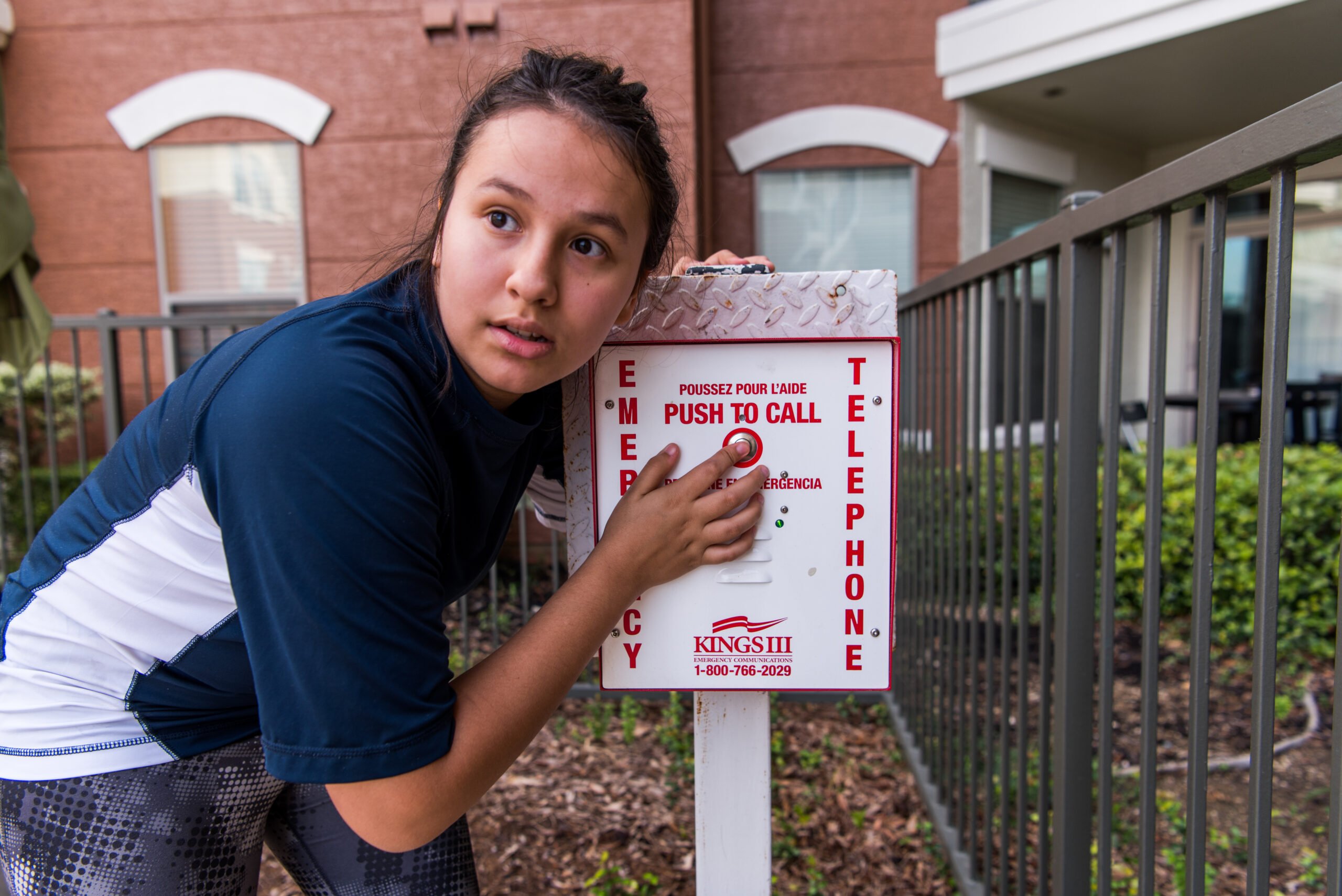
Is Your Pool’s Emergency Phone Compliant? Here’s How to Check (And What to Do If It Isn’t)
Is your pool’s emergency phone truly compliant and ready when it matters most? A reliable, code-compliant emergency phone is more than a regulatory requirement—it’s a critical lifeline that ensures immediate access to help during emergencies. This guide walks you through how to check compliance, properly test your phone, and take the right steps if it doesn’t meet current standards. Whether you're ensuring your current system is up to code or exploring a more dependable solution, we’ll help you navigate the process and safeguard both safety and liability.
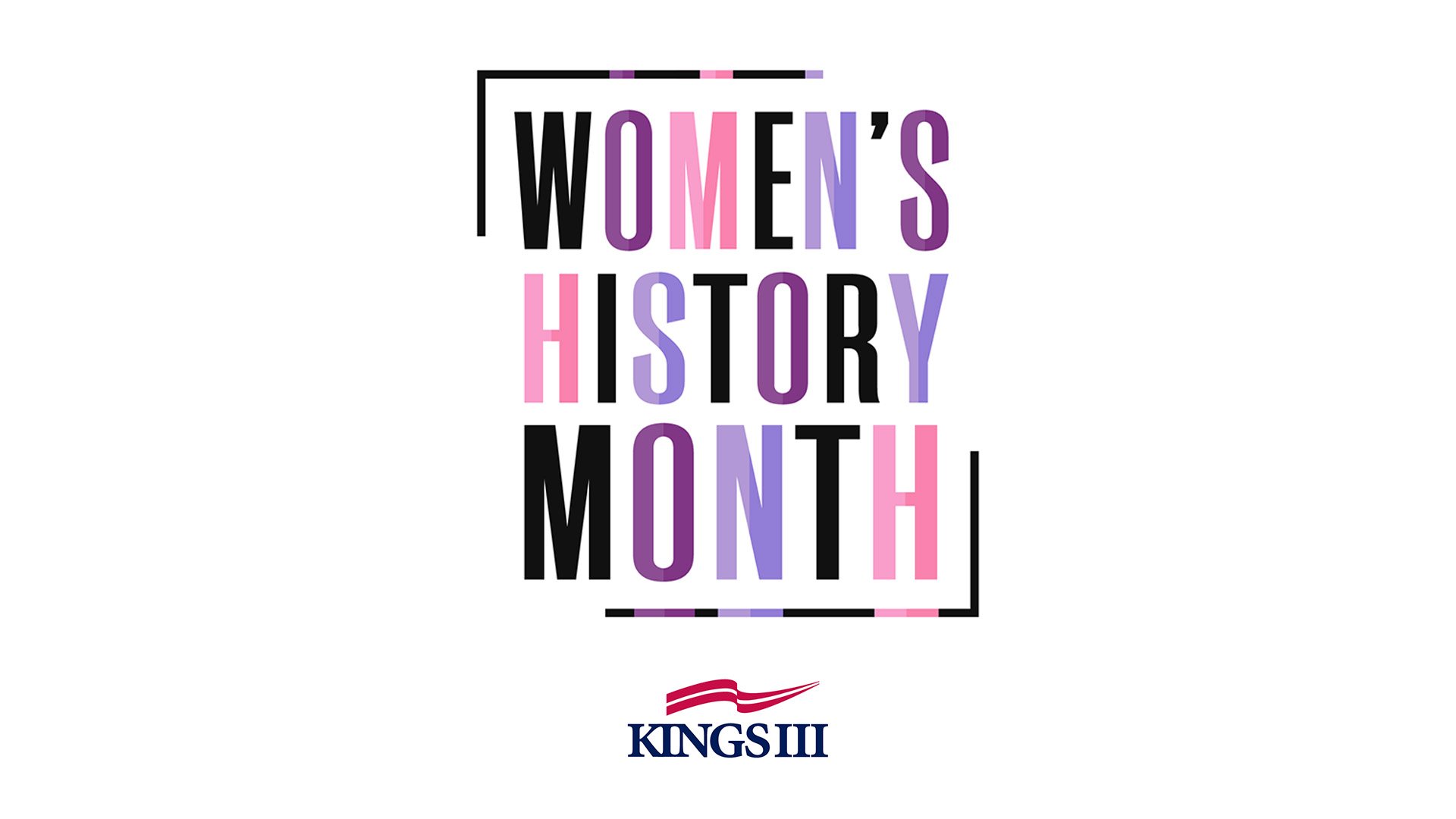
8 Women Who Shaped the Future of Emergency Response & Dispatch
This Women’s History Month, Kings III is honoring the women who have paved the way in emergency response and dispatch. From breaking barriers in EMS to pioneering advancements in emergency communication, these trailblazers have helped shape the way lifesaving services operate today. See eight influential women whose contributions continue to impact the field and inspire future generations.

Honoring Black Pioneers: 7 Influential Figures in Emergency Communications & Response
This Black History Month, Kings III is honoring Black men and women who served as pioneers in the fields of emergency dispatch and emergency response. See 7 influential trailblazers who broke barriers, advanced life-saving technologies, and shaped the way emergency services operate today.

How Recent Spikes in Copper Theft Threaten Your Emergency Communication & What You Can Do About It
Rising copper theft is putting emergency communication systems at risk, leading to potential service outages. Without a reliable backup, property managers may face compliance issues and safety concerns. Learn more about the threat and how a cellular solution can help protect your property.

Is Your Hotel’s Emergency Communication System Up to Code?
Hotel emergency communication systems must meet strict safety and compliance standards, but are yours up to code? From elevator phones to pool and parking lot emergency call systems, we break down key requirements and how to ensure your property stays compliant.

Kings III & Wurtec Partner to Improve the Emergency Communication Market of Elevator Video Messaging Systems
Kings III Emergency Communications partners with Wurtec to enhance elevator video messaging systems, addressing new code requirements for two-way displays and video monitoring. The collaboration combines Kings III's emergency response expertise with Wurtec's industry solutions to provide streamlined, compliant elevator safety communications nationwide.
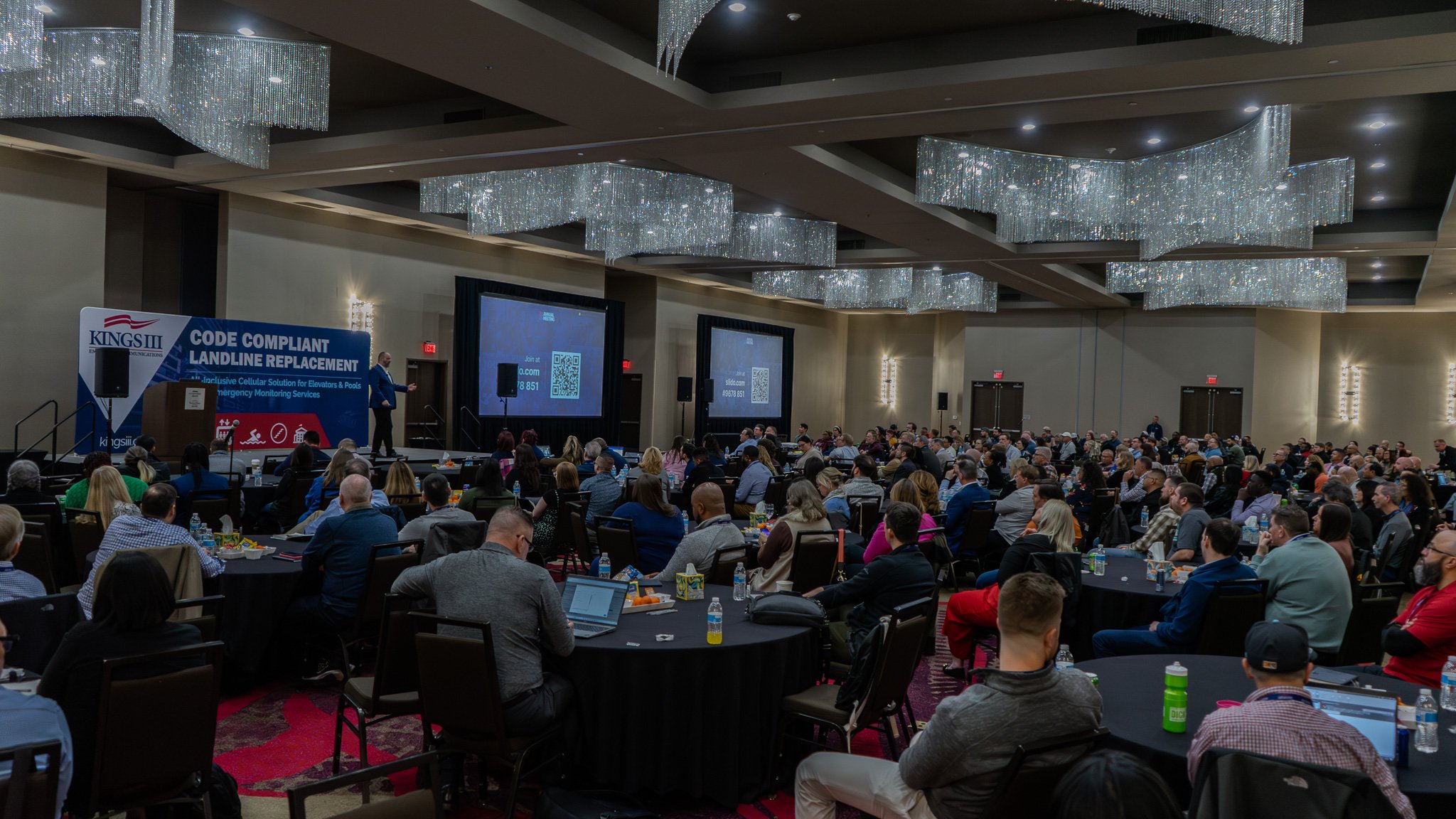
Kings III Makes Dallas Morning News’ ‘Top 100 Places to Work’ List, Marking 5th Consecutive Award
We're honored to be recognized by our employees and The Dallas Morning News by making the daily newspaper’s Top 100 Places to Work list for the 5th year in a row, falling in at 32nd in the midsize companies category.
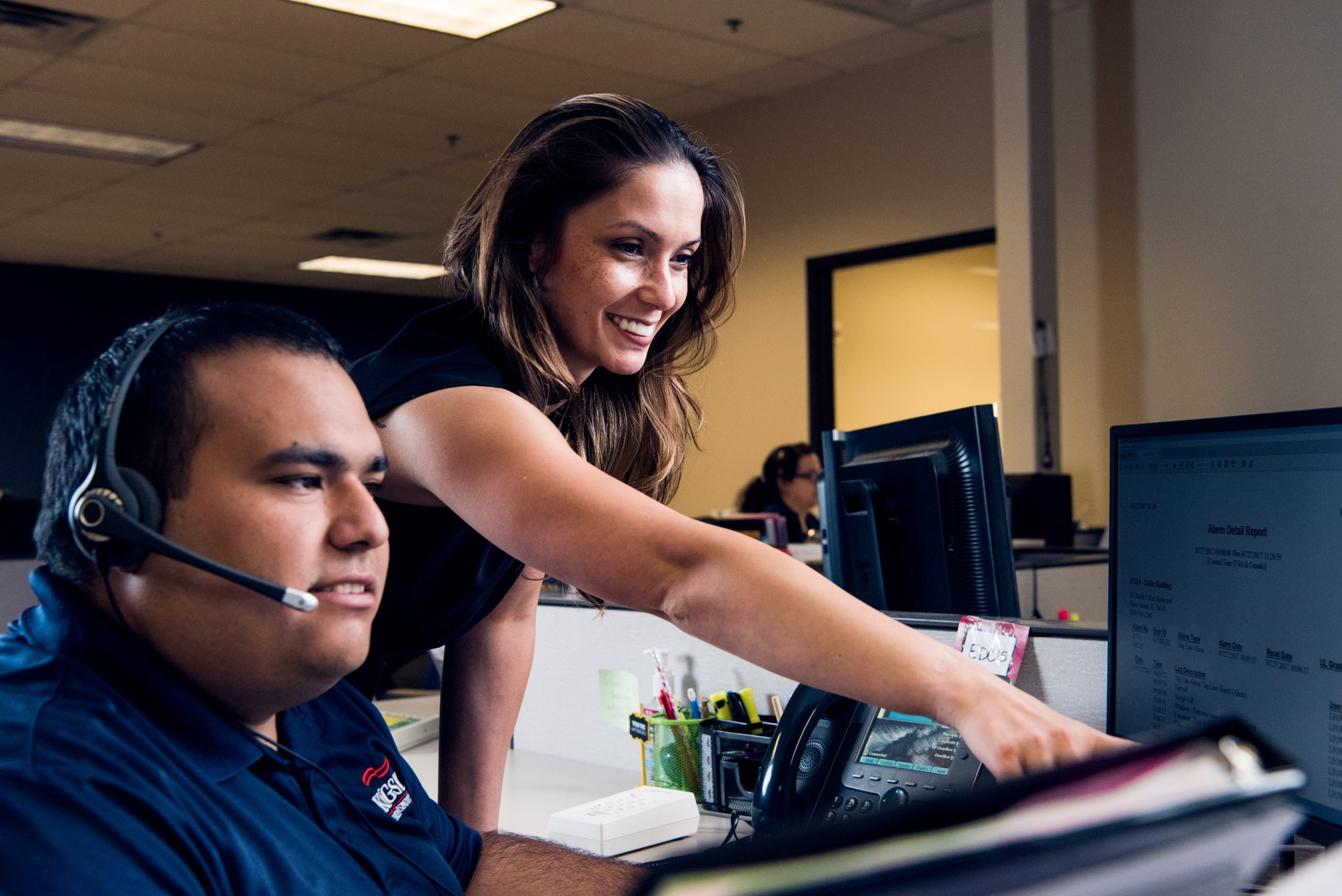
Updated Elevator Code: Who are my Authorized Personnel?
Confused about who qualifies as "authorized personnel" under the new ASME 17.1 elevator code? Learn why the same authorized staff must monitor all emergency communications—audio, video, and messaging—and why split monitoring solutions won't meet compliance requirements for your building's safety system.

2024 Brings Increased Adoption of Codes Requiring Video and Two-Way Messaging for Elevator Communications
As 2024 progresses, the adoption of safety codes mandating video and two-way messaging capabilities for elevator communications is gaining momentum across the United States.


